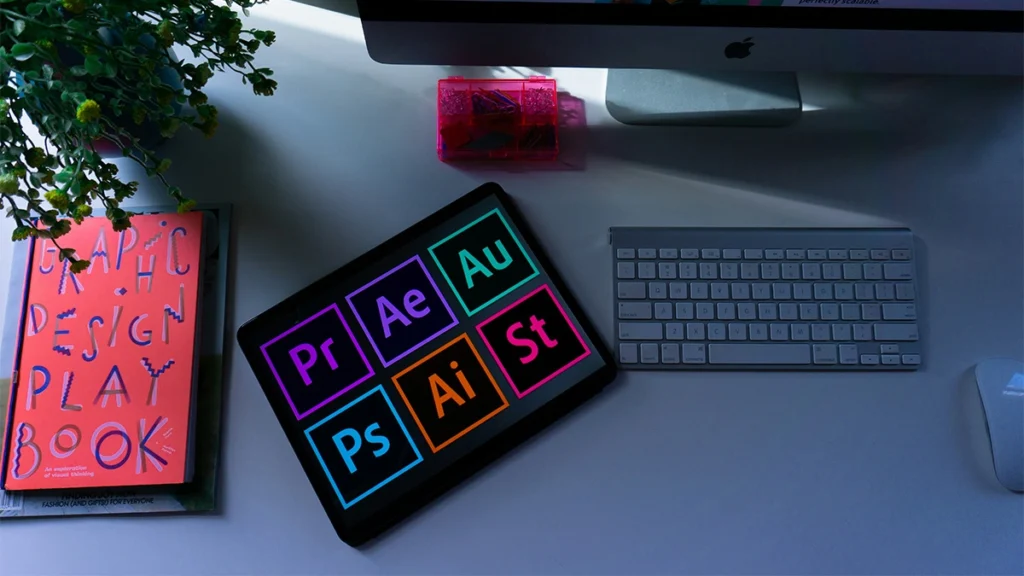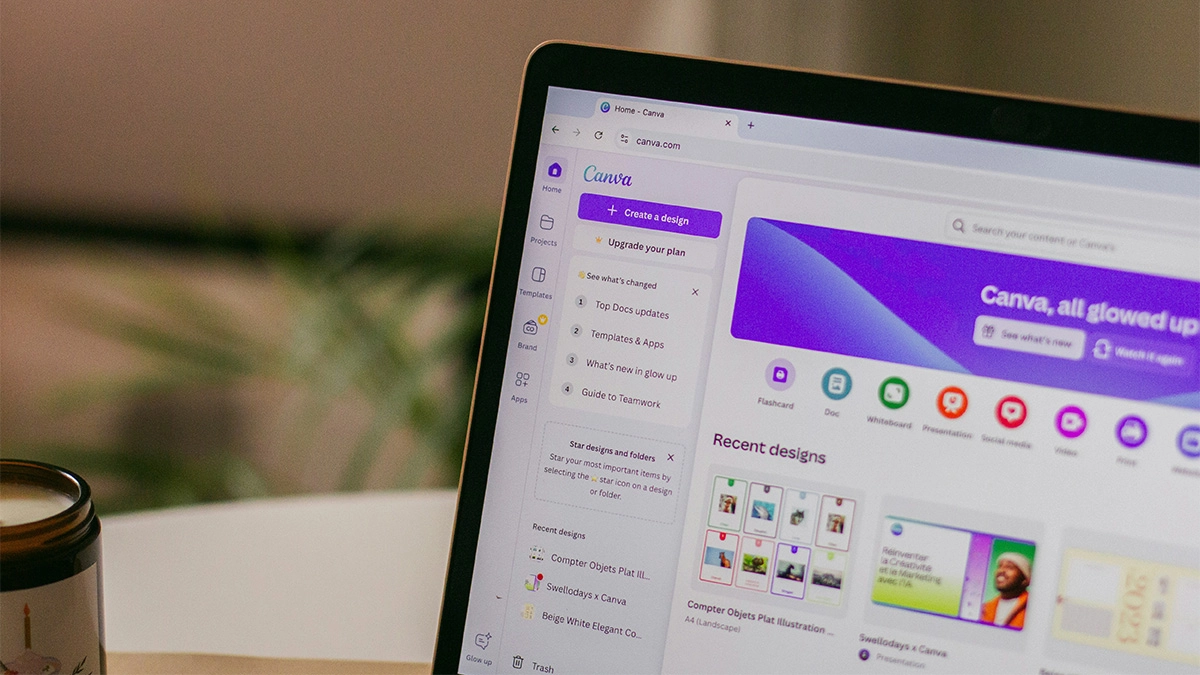When starting out in design, one of the biggest questions you’ll face is which tool to use. Two names tend to come up again and again: Canva and Adobe Illustrator.
Both are popular, both are powerful, but they’re very different in what they offer and who they’re best for.
If you’re a small business owner, a startup founder, or someone simply dipping your toe into design for the first time, this guide will walk you through everything you need to know.
We’ll compare Canva vs Illustrator for beginner designers so you can decide which tool fits your needs, budget, and goals.
Understanding the Basics
Before we get into the side-by-side comparison, let’s look at what each tool actually is.
Canva
- Web-based design platform.
- Geared towards ease of use with drag-and-drop features.
- Comes with thousands of templates for social media posts, presentations, flyers, and more.
- Runs in your browser or mobile app — no heavy software installation required.
Adobe Illustrator
- Professional vector graphics software.
- Industry standard for logo design, illustrations, typography, and complex graphics.
- Part of Adobe Creative Cloud, which includes Photoshop, InDesign, and other tools.
- Requires installation on your computer and a subscription plan.
Ease of Use for Beginners
When you’re starting out, the learning curve can make or break your choice.
Canva is designed for speed and simplicity. You can sign up and start designing in minutes. The interface is straightforward: choose a template, drag in your text or images, and you’re ready to go. There’s no need to know about layers, vector paths, or colour profiles.
Illustrator, on the other hand, has a steeper learning curve. The interface is packed with tools, panels, and settings that can feel overwhelming if you’ve never used professional design software before. While it’s incredibly powerful, you’ll need to invest time into tutorials and practice to get comfortable.
Verdict: If you need results fast and don’t want to spend weeks learning software, Canva is the winner for ease of use. Illustrator is more of a long-term investment in your design skills.
Cost Considerations
Budget matters, especially for small businesses and startups.
Canva
- Free plan available with plenty of templates and features.
- Paid plan (Canva Pro) from around £10.99/month.
- Team plans are available for collaboration.
Illustrator
- No free plan.
- Subscription from around £20.99/month for Illustrator alone, or £52.99/month for the full Creative Cloud suite.
- Discounts available for students and teachers.
Verdict: Canva is the more budget-friendly option, especially if you’re just testing the waters. Illustrator is a bigger commitment, but you’re paying for professional-grade tools.
Design Capabilities
Here’s where the two really differ.
Canva is perfect for:
- Social media graphics.
- Marketing materials like posters, flyers, and presentations.
- Quick edits with ready-made templates.
- Collaborating with team members in real time.
Illustrator excels at:
- Creating logos and brand assets from scratch.
- Designing detailed vector illustrations.
- Custom typography and lettering.
- Producing print-ready, scalable artwork.
Think of it this way: Canva is like a ready-to-eat meal — fast, easy, and convenient. Illustrator is like cooking from scratch — it takes longer, but you have total creative control over every ingredient.
Learning Curve and Skills Development
If your goal is to learn design as a professional skill, Illustrator offers a deeper foundation. Understanding concepts like vector paths, anchor points, and gradients will make you more versatile and employable as a designer.
Canva won’t teach you those technical skills, but it will help you develop an eye for layout, typography, and colour combinations. It’s also a great stepping stone — many designers start in Canva and later move to Illustrator when they’re ready to take on more complex work.
Stuck designing your own brand?
Check out our branding services for small businesses
Collaboration and Accessibility
For teams, especially remote ones, Canva shines. You can share designs with a link, collaborate in real time, and even set brand kits so everyone uses the same colours and fonts. All you need is an internet connection.
Illustrator allows collaboration too, but it’s not as seamless. You’ll need to share files, ensure everyone has the software installed, and keep track of versions manually (unless you integrate with Adobe’s cloud storage).
Integration with Other Tools

If you’re already using other Adobe products like Photoshop, InDesign, or Premiere Pro, Illustrator slots right in. You can easily move files between programs, making it part of a powerful creative workflow.
Canva integrates with social media platforms, Dropbox, Google Drive, and other cloud services, which is great for quick content creation and publishing.
Which One Should You Choose?
Here’s the quick decision guide for beginner designers:
- Choose Canva if you need quick, professional-looking designs for marketing and social media, you want something easy to learn, and you’re on a tight budget.
- Choose Illustrator if you want to develop deep, professional design skills, create fully custom artwork, and don’t mind investing time and money into learning.
Making the Transition
Some people use both. You might start with Canva for your day-to-day needs and slowly learn Illustrator for bigger projects. This hybrid approach can be a smart way to get the best of both worlds without overwhelming yourself at the start.
Final Thoughts
In the debate of Canva vs Illustrator for beginner designers, there’s no one-size-fits-all answer. Canva is quick, simple, and affordable — perfect for non-designers who just need great-looking content. Illustrator is powerful, complex, and professional — ideal if you see design as a long-term skill or career.
If you’re unsure, start with Canva. You can always make the leap to Illustrator later, and the design principles you learn along the way will still apply.


